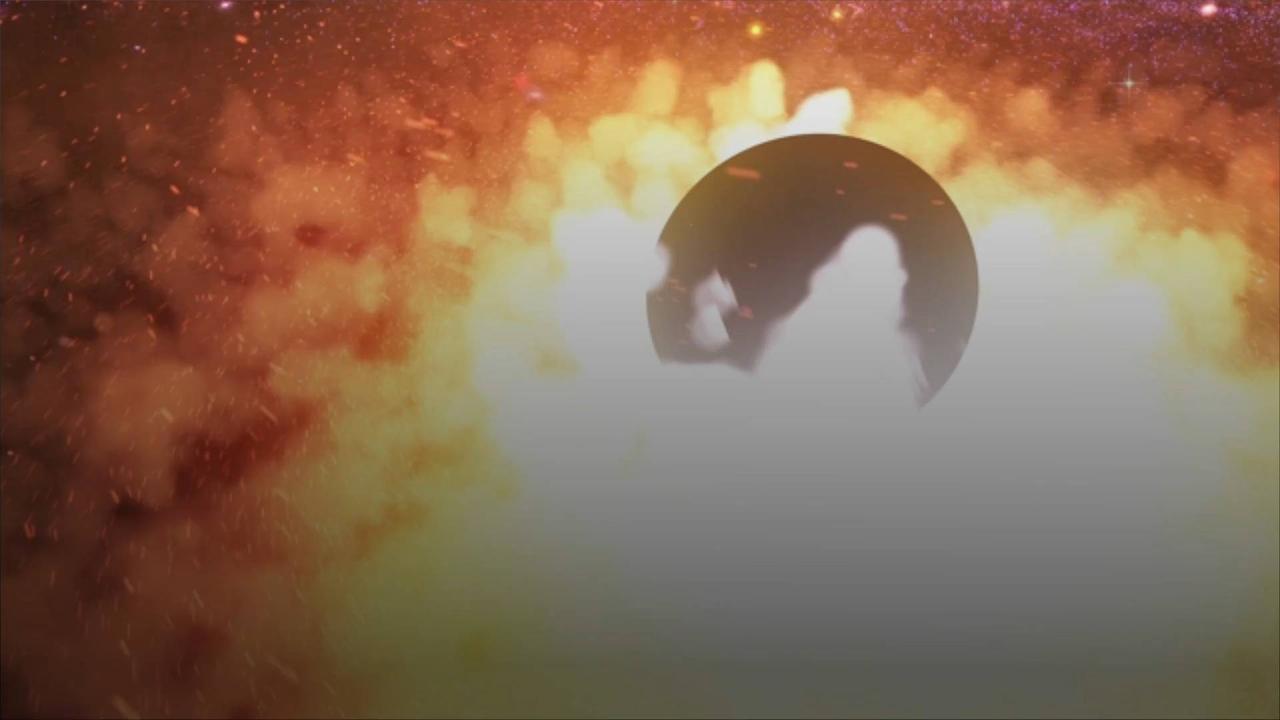Astronomers Think Powerful Magnetic Winds Drive Growth of Supermassive Black Holes

Astronomers Think Powerful Magnetic Winds Drive Growth of Supermassive Black Holes
Astronomers Think Powerful , Magnetic Winds Drive Growth , of Supermassive Black Holes.
'Newsweek' reports that scientists may have unraveled the mystery of how supermassive black holes are able to become so massive.
According to a new paper, a powerful magnetic wind, comparable to water swirling around a drain, is what allows these massive cosmic phenomena to reach such immense sizes.
A supermassive black hole is typically millions to billions of times more massive than our own sun and is often found at the center of most galaxies.
.
The paper, which was published in the journal 'Astronomy and Astrophysics,' focused on the black hole at the center of a galaxy about 120 million light-years from Earth.
This galaxy, known as ESO320-G030, is much more active than our own Milky Way, with a rate of star formation 10 times that of our own galaxy.
Using the Atacama Large Millimeter Array (ALMA) telescope, researchers found a strong, rotating, magnetized wind spinning around the center of the black hole.
Using the Atacama Large Millimeter Array (ALMA) telescope, researchers found a strong, rotating, magnetized wind spinning around the center of the black hole.
Since this galaxy is very luminous in the infrared, telescopes can resolve striking details in its center.
, Susanne Aalto, study co-author and a professor of radio astronomy at Chalmers University of Technology, via 'Newsweek'.
'Newsweek' reports that the team now hopes to observe the centers of other galaxies to confirm if this process is what enables a supermassive black hole's immense growth.
Far from all questions about this process are answered.
In our observations we see clear evidence of a rotating wind that helps regulate the growth of the galaxy's central black hole.
, Mark Gorski, study co-author and an astronomer at Chalmers University of Technology and Northwestern University, via 'Newsweek'.
Now that we know what to look for, the next step is to find out how common a phenomenon this is.
And if this is a stage which all galaxies with supermassive black holes go through, what happens to them next?, Mark Gorski, study co-author and an astronomer at Chalmers University of Technology and Northwestern University, via 'Newsweek'

![Massive Black Hole Awakens in a Galaxy Far, Far Away [Video]](https://video.newsserve.net/300/v/20240618/1378907094-Massive-Black-Hole-Awakens-in-Galaxy-Far.jpg)